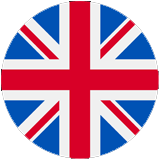
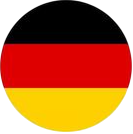
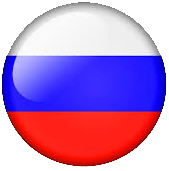
Everyone wants a nice, clean-looking smile. But here's the truth, not every white shade looks good on everyone. That's where the Teeth shade guide comes in. It helps you and your dentist pick the right and natural colour of teeth.
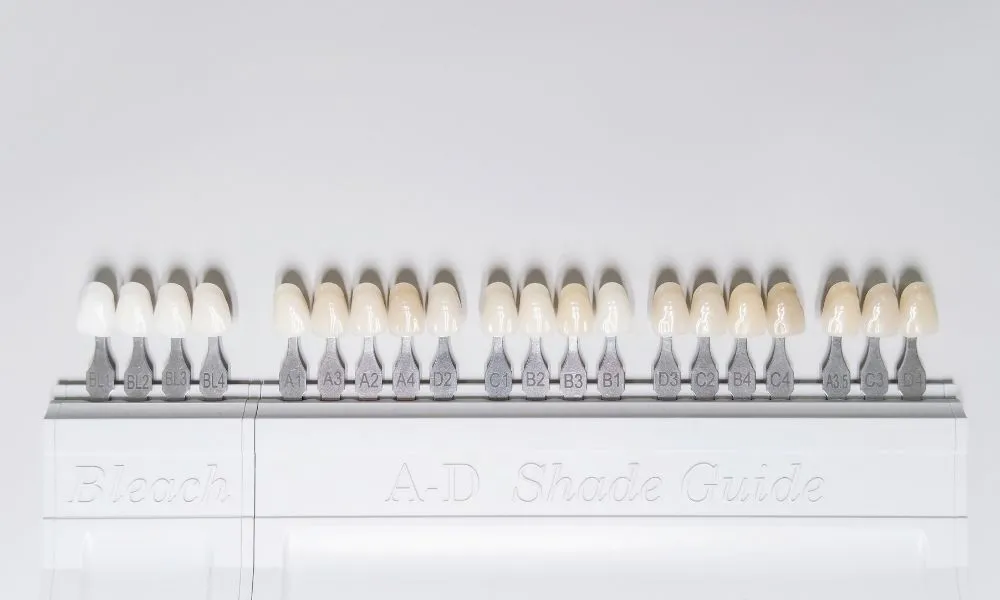
The goal isn't to go super white. It's to find a shade that looks natural and fits your face.
In this teeth shade guide, you'll learn what the teeth shade chart is, how it works, and how to choose the best one for you.
It's a tool dentists use to match the colour of your teeth. Whether you're getting porcelain veneers crowns or just a whitening treatment, it helps pick the right shade.
Dental color chart shows lots of options. Some shades look super white, others are more natural. There's no “one perfect colour.” It all depends on your skin tone, your natural teeth, and what kind of look you want.
Dentists usually hold the chart near your teeth and compare. That way, the final result blends in instead of standing out in a bad way. It's not just about looking white, it's about looking right.
Traditional shade guides are the old-school way dentists choose the right tooth colour. They include a set of small, tooth-shaped tabs, each with a different shade. Think of them like a “tooth colour menu.”
The dentist picks up this guide, holds it next to your teeth, and compares. It's all done by eye, without any digital tools. It works surprisingly well.
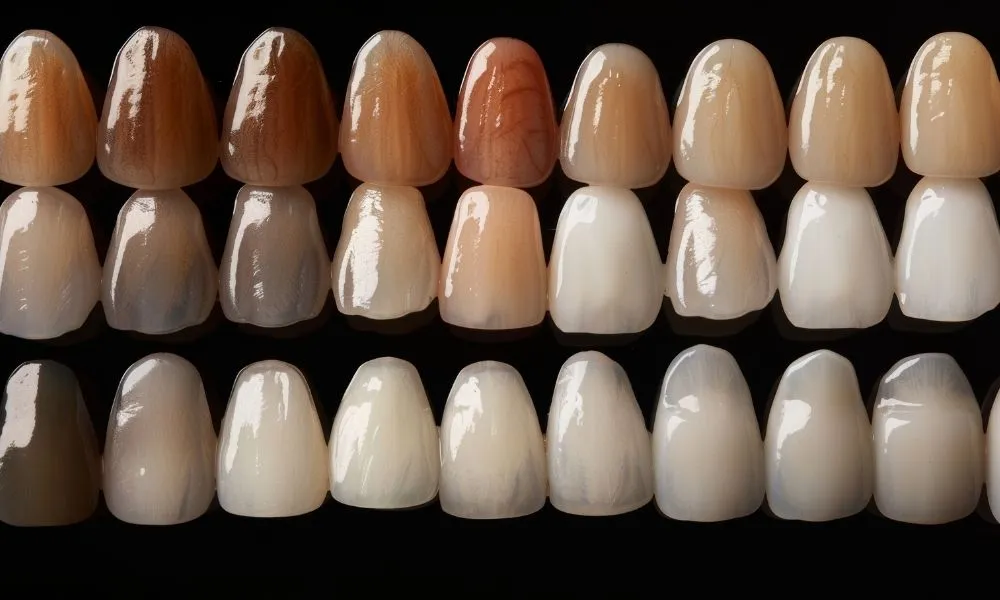
So, what do these shades cover?
They go from very light to darker tones, and even include some with yellow or grey undertones, just like real teeth.
This method has been used for years and is still common today. It helps make sure your crown, veneer, or filling doesn't stand out, but looks in naturally.
The Vita Shade Guide is one of the most trusted colour charts in dentistry. It comes in two main types: Vita Classical and Vita 3D-Master. The Classical version has 16 shades. They're grouped as A, B, C, and D, each one showing a slightly different natural tone. It's quick, simple, and still used in many clinics today.
The 3D-Master is a bit more advanced. It doesn't just look at colour, it also checks brightness and intensity. So, it gives more options and helps find a shade that fits even better. Especially if you're getting work on front teeth, this one helps the result look more natural. Some dentists even use both guides together for the best result.
Digital shade guides are the more modern way to match tooth colour. Instead of using the eye alone, dentists use a small handheld device, kind of like a scanner. It reads the exact shade of your tooth using light and software.
The device is placed on the tooth surface. It instantly measures the colour and shows the closest matching shade on its screen. It also gives info like brightness and tone, which helps choose a more precise match.
It removes guesswork. Instead of relying only on what the eye sees under the clinic lights, it gives consistent results, even if lighting changes. That's especially helpful when matching multiple teeth or working on front teeth where details matter.
In many cases, it is very practical. It's faster, more detailed, and gives repeatable results. But some dentists prefer to double-check with the traditional guide too, just to be sure it also looks right, not just reads right.
Digital shade guides bring accuracy. They don't fully replace traditional ones, but they definitely make things easier, especially for tricky cases.
Not every white fits every smile. The best tooth shade is the one that looks natural, healthy, and matches your overall appearance. Age, skin tone, your natural teeth, lifestyle, and even your job can all influence the final choice. Let's break it down together.
Teeth get darker with age. That's normal. So if you're older, very bright teeth might look a bit off. Something softer usually fits better. Younger patients? They can often pull off lighter shades more naturally.
If your other teeth are staying as they are, the new one should match. Crowns, veneers they all need to blend in. They go too white, and it'll stand out! And not in a good way. Matching your natural shade of your teeth makes everything look seamless.
Your skin colour is another important factor to find correct shade. Light skin often suits cooler, brighter whites. Warm or darker skin? Slightly creamy shades usually look better. The trick is balance. You want your teeth to shine, not clash!
If you're always meeting people, giving talks or in front of a camera, your smile matters. A clean, bright look builds confidence. But if it's too white, it can look fake in person. So go bright, but natural!
Big tea or coffee fan? Smoke? Then maybe skip the ultra-white. Those shades stain quicker. A slightly toned-down colour will stay fresh longer and still look great.
Natural teeth aren't pure white. Most have a light creamy or slightly yellow tone and that's completely normal.
A common shade is A3. It's soft, healthy-looking, and suits most people. Not too bright, not too dark.
Things like age, diet, and genetics affect your natural colour. Some teeth are whiter, some a bit darker. Both are fine.
And those super white teeth on TV?
They're usually bleached or veneers, not natural.
If your teeth are clean and healthy, their colour is already just right for you.
Most people naturally have a shade that's not super white (but not dark either). The one that shows up the most? It's called A3.
A3 has a warm, slightly creamy tone. It's not flashy, but it looks clean and healthy. That's why dentists see it so often.
Everyone's teeth are a bit different, but if you've never had whitening, chances are your teeth are somewhere around that shade.
If you want to find out which tooth shade is perfect for you, contact Unique Smile Antalya!
A1 is whiter than B1.
Both are very light, but A1 looks a bit brighter. It has a cooler, cleaner tone. B1 is still white, just a little softer and more natural-looking.
Want a really white smile? Go with A1. Prefer something bright but not too much? Then B1 is a better match.